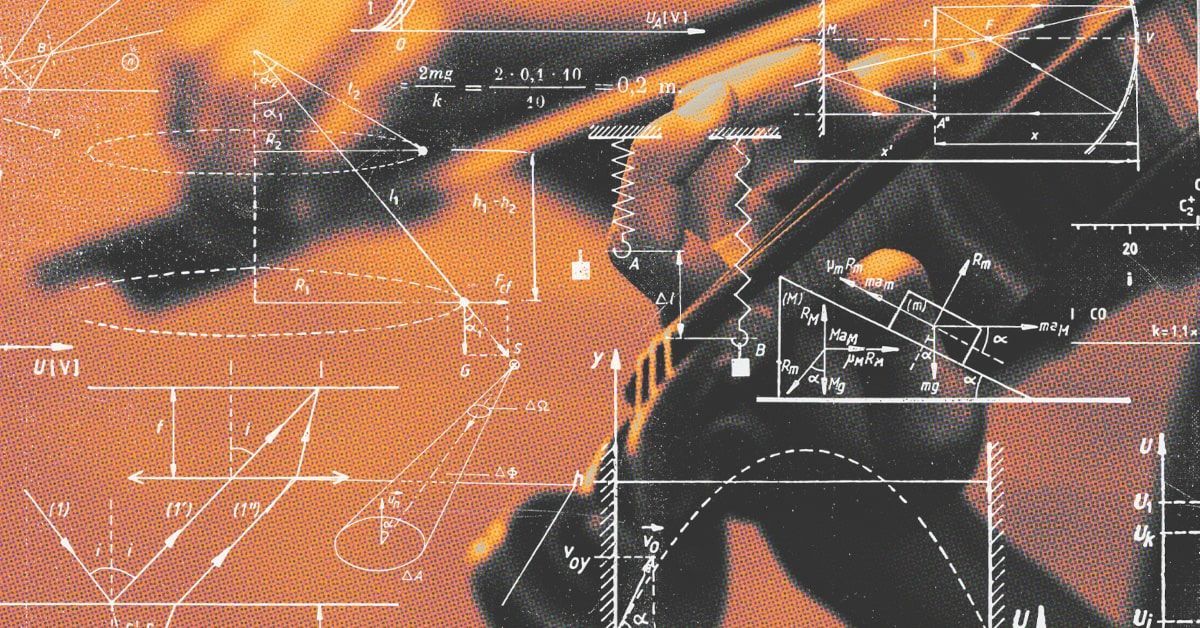Rhythm and Proofs
Finding music in mathematics
Published Date
Article Content
It was the ancient Greek philosopher Pythagoras who said, “There is geometry in the humming of the strings, there is music in the spacing of the spheres.” His philosophical concept considers the relationship between the structures of music and those of the physical world based on repetitive patterns, formulaic progressions and frequency of sound waves. In fact, more than 2,500 years later, musicians still tune instruments based on the mathematical formula discovered by Pythagoras. It’s no surprise, then, that performing music has been shown to reinforce parts of the brain used for conducting math.
UC San Diego Magazine asked three professors from the Department of Mathematics to share their thoughts on the musicality of mathematics.
Todd Kemp, Professor of Mathematics
Q. What is your musical interest?
I have played piano since I was a teenager. During high school and college I played keyboard in a popular klezmer band in my hometown. I took up the violin more recently, on my 40th birthday. I spend a lot of time practicing and playing with my daughters.
Q. What connection do you think exists between math and music?
I find (my) mathematics very musical. There is harmony (and sometimes dissonance) in the way different ideas and structures come together in a mathematical proof. I have even referred to some of the papers I’ve written as “arrangements” of compositions by other mathematicians who had greater insight or creativity than I did.
Daniel Rogalski, Professor and Vice Chair of Undergraduate Studies in Mathematics
Q. What is your musical interest?
From a young age, I studied classical piano performance and continued throughout college while obtaining a bachelor’s degree in math. Then I studied piano exclusively for two years while obtaining a master’s degree in music.
Q. What connection do you think exists between math and music?
Reading and interpreting a music manuscript feels similar to reading a mathematical proof. A musical piece often has an internal logic to its form — such as a sonata with its exposition, development and recapitulation — that mirrors mathematical argument. I don’t think it’s an accident that many mathematicians appreciate music or are amateur musicians as well.
"I don’t think it’s an accident that many mathematicians appreciate music or are amateur musicians as well."
David Quarfoot PhD '15, Associate Teaching Professor of Mathematics
Q. What is your musical interest?
I enjoy playing and listening to classical music. My favorite time period is about 1850 - 1950, bridging the Romantic and Contemporary eras. I started playing viola in sixth grade and then switched to violin in tenth grade. I started playing cello at age 30. For most of college, I was a music major, but math won out.
Q. What connection do you think exists between math and music?
Both fields have their own representation system. Math has symbols and notation, and music has staffs and clefs. Each demands attention to detail. They both blend technical precision with creative expression. And in both math and music, mastery is achieved in decades, rather than months or years.
Do you see a connection between music and math? Tell us at magazine@ucsd.edu
You May Also Like
Stay in the Know
Keep up with all the latest from UC San Diego. Subscribe to the newsletter today.





